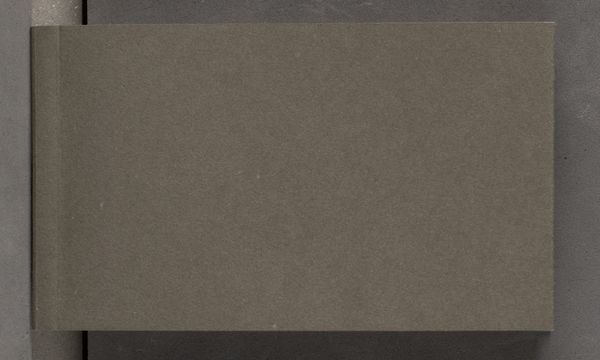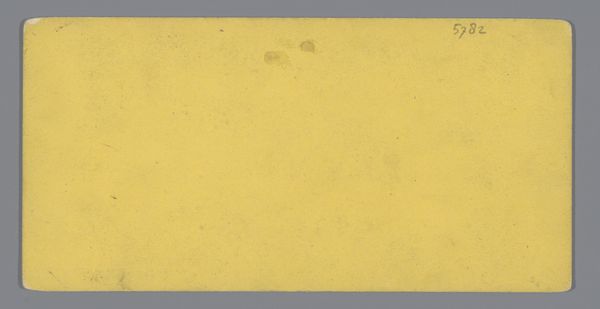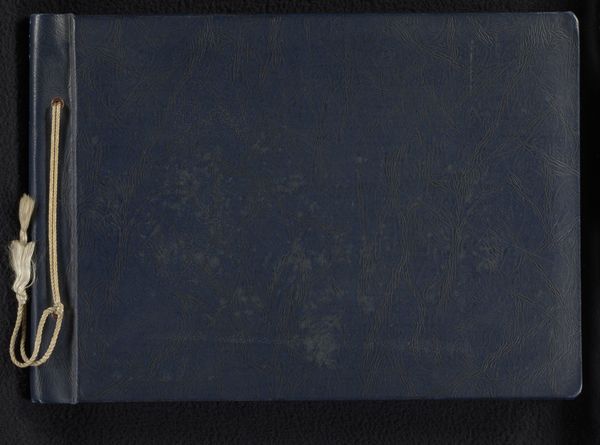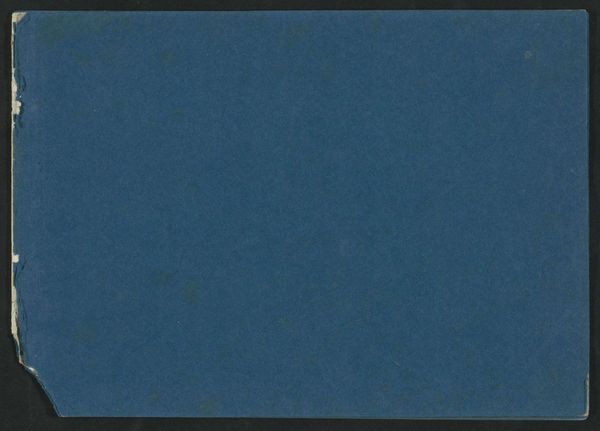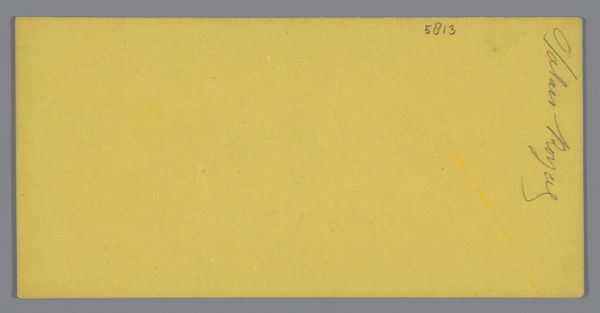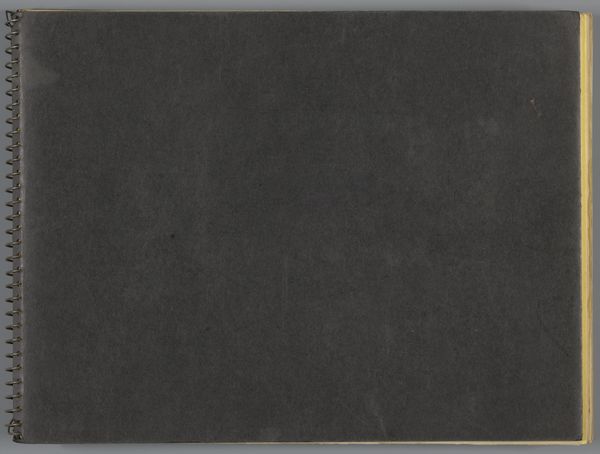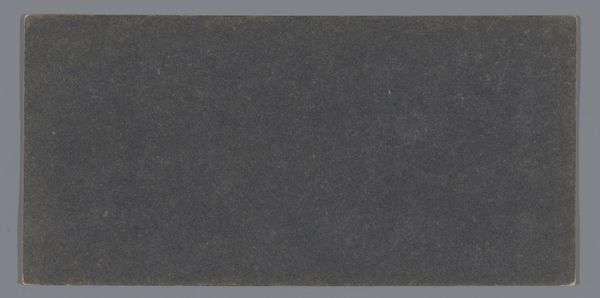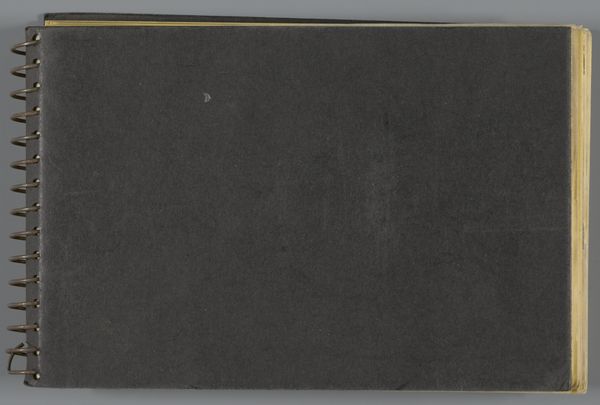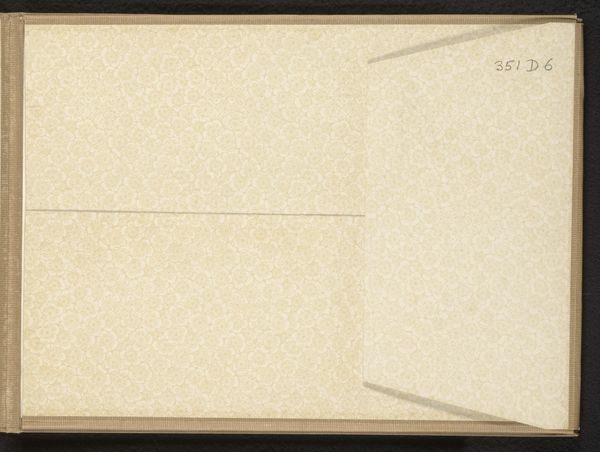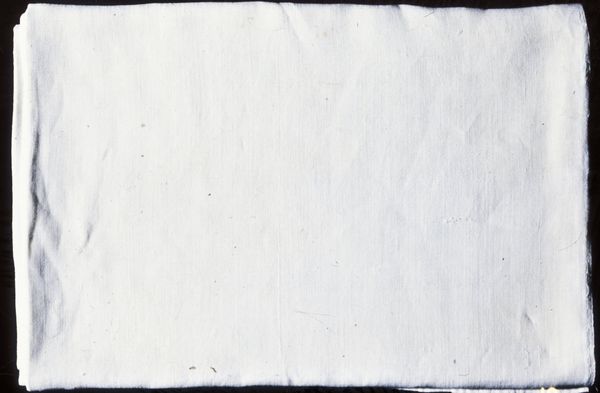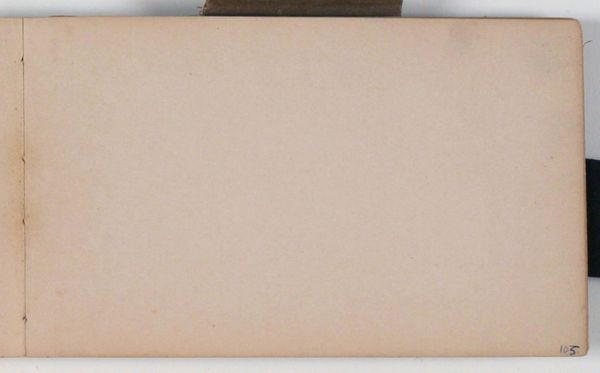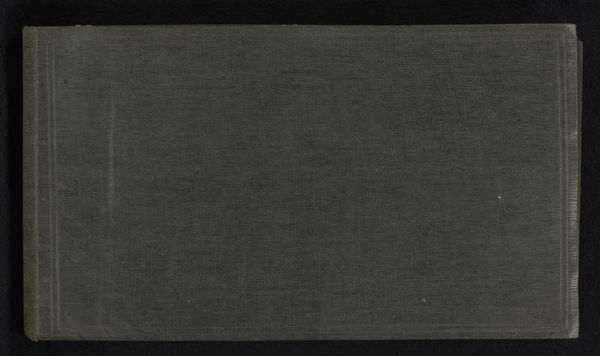
Dimensions: support: 2403 x 2600 mm
Copyright: © Alan Green | CC-BY-NC-ND 4.0 DEED, Photo: Tate
Editor: This is Alan Green's "Broken Blue Angle." The composition is so simple, just a blue field and a few white rectangles. What kind of dialogue do you think Green is trying to start with this work? Curator: Green's abstraction invites us to consider the socio-political power of minimalism. How does the reduction of form relate to the socio-economic structures of its time? The blue, almost bruised, pushes against the white. Editor: Almost like a struggle? Curator: Yes, perhaps a visual representation of conflict, dominance, or the breaking of established orders within systems of power. Editor: I hadn't considered it that way, but it certainly adds a layer of depth. Curator: Abstraction can be deeply political. Hopefully this encourages everyone to think critically about what they see.
Comments
tate 6 months ago
⋮
http://www.tate.org.uk/art/artworks/green-broken-blue-angle-t13576
Join the conversation
Join millions of artists and users on Artera today and experience the ultimate creative platform.
tate 6 months ago
⋮
Broken Blue Angle 1992 is a large abstract painting that depicts a composition of related shapes at progressive intervals, registering shifts in colour and tonal balance. Following the lines of the work’s stretcher, Green created a progressive succession of three rectangles within and overlapping each other, asymmetrically situated in the bottom right quarter of the painting. This composition marks a pragmatic attitude towards geometry, regarded as a building block that can be freely altered by the artist. Each area is painted in a different colour –white for the smallest rectangle, light grey for the middle one and dark blue for the largest one; thus the progression in scale correlates to a progression in the depth of colour. Along the top of the composition the artist has scraped off a thin line of paint, making the raw canvas visible. Elsewhere, the canvas surface has been worked on intensively and methodically, building up several layers of paint, lending the surface a varied and rich texture of underlying tones.
